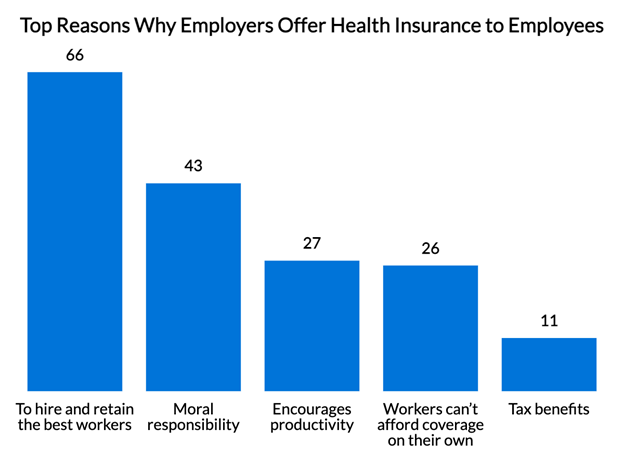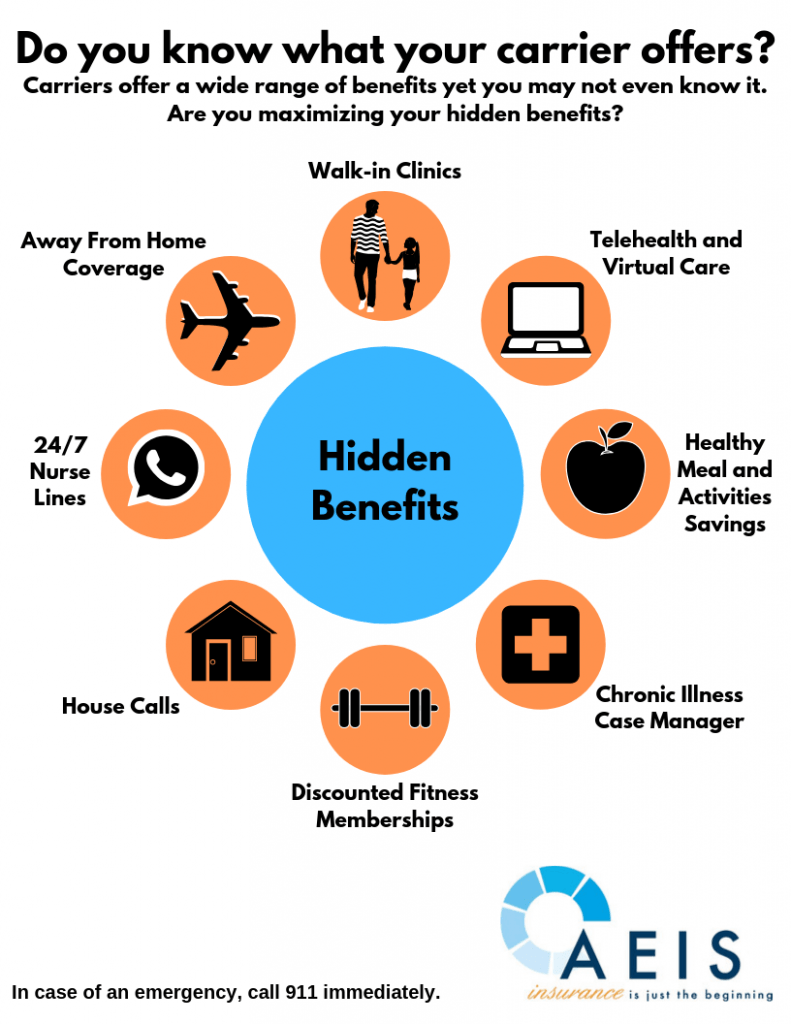Not known Facts About Medicare Advantage Agent
Table of ContentsUnknown Facts About Medicare Advantage AgentNot known Details About Medicare Advantage Agent The Definitive Guide for Medicare Advantage Agent

follows from complies with the puzzling young reasonably profile of account uninsured with without insurance better health, wellness average, standard younger persons. For those without access to work environment health insurance policy, bad health and wellness is a possible obstacle to buying nongroup insurance coverage because such protection may be very valued, exclude pre-existing problems, or be just not available. Unless otherwise noted, national price quotes of people without health insurance and proportions of the populace with different kinds of protection are based on the CPS, the most extensively made use of source of quotes of insurance policy coverage and uninsurance prices.

Some Known Details About Medicare Advantage Agent
Over a three-year duration beginning early in 1993, 72 million people, 29 percent of the united state population, lacked insurance coverage for at the very least one month. Within a solitary year(1994), 53 million people experienced at the very least a month without insurance coverage(Bennefield, 1998a). Six out of every 10 uninsured adults are themselves employed. Although working does enhance the chance that one and one's relative will certainly have insurance coverage, it is not a warranty. Even participants of families with two full time breadwinner have practically a one-in-ten chance of being without insurance (9.1 percent uninsured price)(Hoffman and Pohl, 2000 ). The connection between wellness insurance and access to care is well developed, as documented later on in this chapter. Although the partnership in between health insurance coverage and wellness end results is neither straight neither basic, a considerable professional and health and wellness services research literature web links medical insurance coverage
to enhanced access to care, far better quality, and enhanced personal and populace health status. The second report, on individual wellness results for without insurance adults, is represented by the inner circle of the number, while the 3rd record, on family members wellness, incorporates the topics of the 2nd report however highlights a various device of evaluation, particularly, the family. The sixth report in the collection will present details about methods and campaigns undertaken locally, statewide, or across the country to attend to the lack of insurance and its damaging influences. Degrees of evaluation for examining the results of uninsurance. This discussion of health insurance protection concentrates primarily on the united state population under age 65 because virtually all Americans 65 and older have Medicare or various other public insurance coverage.
It focuses particularly on those without any kind of health and wellness insurance for any type of size of time. The issues dealt with by the underinsured remain in some respects comparable to those dealt with by the uninsured, although they are typically much less severe. Uninsurance and underinsurance, however, involve distinctly various plan problems, and the methods for resolving them may differ. Throughout this research study and the five records to follow, the major emphasis gets on individuals without medical insurance and thus no aid in paying for healthcare beyond what is offered via charity and safeguard institutions. Health insurance policy is a powerful variable influencing receipt of treatment because both patients and physicians respond to the out-of-pocket cost of solutions. Health insurance, nonetheless, is neither required nor sufficient to helpful site get to medical solutions. Nevertheless, the independent and direct effect of health and wellness
insurance policy coverage on accessibility to health and wellness services is well established. Others will get the health and wellness care they require even without health insurance, by spending for it expense or seeking it from service providers that offer treatment complimentary or at extremely subsidized prices. For still others, health insurance alone does not guarantee invoice of care as a result of other nonfinancial barriers, such as a lack of healthcare suppliers in their neighborhood, minimal access to transport, illiteracy, or etymological and cultural differences. Formal study about uninsured populaces in the USA dates to the late 1920s and early 1930s when the Committee on the Cost of Treatment created a series of reports concerning financing medical professional office check outs and hospital stays. This issue became prominent as the numbers of medically indigent climbed up throughout the Great Depression. Empirical researches consistently support the link between accessibility to care and improved health and wellness outcomes(Bindman et al., 1995; Starfield, 1995 ). Having a normal source of care can be thought about a predictor of accessibility, instead of a direct procedure of it, when wellness results are themselves used as access signs. This extension of the notion of gain access to measurement was made by the IOM Committee on Monitoring Accessibility to Personal Healthcare Provider(Millman, 1993, p. Whether or not moms and dads are insured shows up to influence whether or not their children receive care as well as just how much careeven if the youngsters themselves have insurance coverage(Hanson, 1998). The wellness of parents can impact their ability to take care of their kids and the degree of family members tension. Bothering with their children's access to care is itself a resource of stress for moms and dads. 3 phases adhere to in this report. Phase 2 supplies an introduction of exactly how employment-based wellness insurance coverage, public programs and private insurance coverage operate and interact to give comprehensive however insufficient coverage of the united state population. This includes a review of historic patterns and public policies impacting both public and exclusive insurance, a discussion of the communications amongst the different sorts of insurance, and an exam of why people move from one program to an additional or wind up
